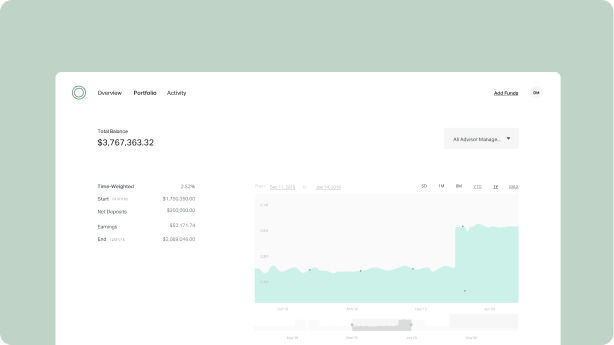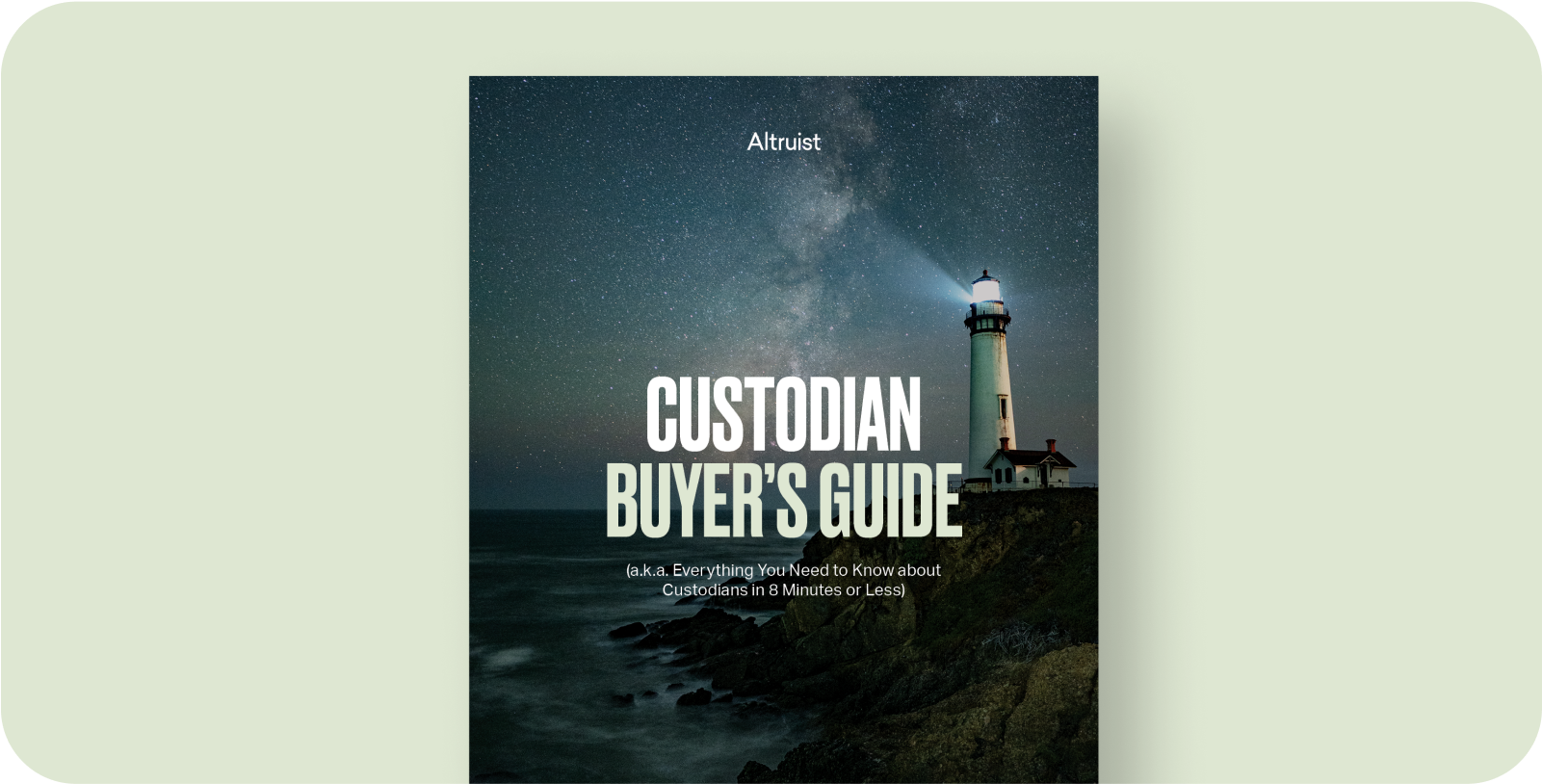If you’re a financial advisor, chances are referrals are a critical part of bringing in new business. You do great work, clients love you, and they refer friends and family. Lather, rinse, repeat.
Client testimonials are another highly effective way to win more business. Research shows that 88% of people trust testimonials as much as personal referrals and recommendations. Adding testimonials to your webpage can increase conversions by more than 30%. Yet according to a Kitces post, only 10% of RIAs currently use them.
Why?
In 1961, the SEC adopted Rule 206(4)-1, barring financial advisors from using client testimonials in their marketing collateral. For decades, testimonials were all but absent from the scene. In December 2020, however, the SEC finalized a new marketing rule under the Investment Advisers Act, effectively lifting its own ban. As of May 2021, SEC-registered RIAs are legally permitted to use testimonials.
To do so, however, financial advisors must follow the SEC’s strict disclosure and compliance guidelines. In this article, we’ll walk you through the steps you’ll need to take to follow those guidelines and start using testimonials to grow your business. We’ve also thrown in plenty of examples.
Step 1: Identify the right clients, and ask for a testimonial
To start, identify which clients you’d like to ask for a testimonial. As you put together your list, aim for clients who have been with you for at least a year, and try to select from a wide range to avoid the appearance of picking favorites.
A good starting list will include questions like:
- “How would you describe your overall experience working with me on your financial plan or investment strategy?”
- “How well do the strategies we’ve implemented reflect your personal goals, risk tolerance, and life circumstances?”
- “If you were to recommend my services to a friend or colleague, what reasons would you give for choosing me as their financial advisor?”
Asking for a testimonial can seem awkward or intimidating, but do it with confidence and you’ll be surprised how ready clients are to offer feedback.
Step 2: Determine which rules apply
Now that you have your testimonials in hand, it’s time to figure out which set of rules you have to follow:
- For SEC-registered financial advisors—RIAs—that’s Rule 206(4)-1.
- For broker-dealers, it’s FINRA Rule 2210.
- For those advisors who are dual-registered, comply with both, and always adhere to the stricter, more comprehensive standard.
Step 3: Draft required disclosures
Next, incorporate the appropriate disclosures.
Under SEC rules, financial advisors must include five critical pieces of information in any testimonial:
- Whether the client—in this case, a “promoter”—is a current client (testimonial) or non-client (endorsement);
- Whether this “promoter” was compensated (cash, gifts, or fee discounts);
- Details of the compensation if they were paid;
- Any material conflicts of interest that could bias the promoter’s statements;
- And detailed conflict information if there are any conflicts of interest.
For FINRA-regulated communications, disclosures must include:
- A notice that the testimonial “may not be representative of the experience of other customers”;
- A statement that the testimonial is “no guarantee of future performance or success”;
- And a statement about payment. If your client receives payment in excess of $100 in value, their statement is considered a paid testimonial, and you must state this.
Step 4: If compensating, check for “bad actor” disqualifications
If you are compensating your client, double-check to make sure the SEC doesn’t disqualify them from giving a testimonial. The SEC prohibits “bad actors,” those with securities law violations and other disqualifying events, from inclusion in marketing materials.
Additionally, if your payments to your client exceed de minimis compensation—over $1,000 in 12 months—you will need a written agreement with that client stipulating the terms of your arrangement.
Step 5: Verify accuracy and obtain client consent
Confirm your testimonial’s accuracy. Fairly standard, but you don’t want to run afoul of the SEC. If your testimonial mentions performance, for instance (i.e. “By working with Advisor XYZ, I earned an 8% return”) you’ll need documentation to back up that claim. For this reason, many advisors leave out performance metrics altogether.
While verifying your facts and figures, get your client’s permission to distribute the testimonial in writing. This can be done over email—you want a crisp paper trail.
Step 6: Conduct a compliance review and keep your records
As with any marketing, send your testimonial through a compliance review. Make sure a compliance professional, internal or otherwise, has reviewed it and signed off.
Note that, per SEC regulations, you’ll need to keep copies of the final testimonial, the client’s written permission, and any other relevant disclosures for at least five years.
Step 7: Monitor your testimonial and update it when necessary
Throughout the testimonial writing process and after the testimonial is published, check in on your client to ensure that the facts are still accurate. Remember, too, that if your client leaves your firm, that testimonial will then be considered an endorsement, and you’ll need to update your disclosures accordingly.
Step 8: Distribute your testimonial
Congratulations! You are now ready to include testimonials in your marketing materials.
Distribute your testimonials through the channels that are most effective for your business; email, social media, brochures, etc. Testimonials are most influential when prospective clients are deciding on whether or not to join a new RIA, so one best practice is to prominently feature them on your website. See some examples below:
Root uses a mix of written and video testimonials on their website.
Bull Oak follows a similar strategy.
The list of disclosure and compliance guidelines can seem daunting, but the conversion metrics suggest that it’s well worth it. If you can
- Find a tasteful way to ask
- Assemble the right disclosure language
- And put the testimonial on your website
You’ll be joining the 10% of advisors who are taking advantage of a very powerful form of social proof.











